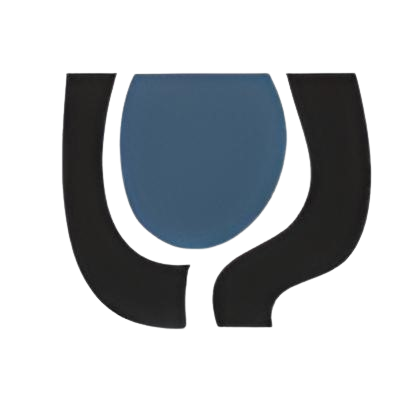Barry Krzywicki
ABOUT
Barry Krzywicki has been passionate about ceramics for more than 40 years, as a maker, a teacher and an historian. His wood-fired and glazed work can be seen both in the US and abroad. In Denver, his work is on permanent display at the Kirkland Museum.
In 2015 he was an artist-in-residence at the legendary Leach Pottery in St Ives, Cornwall, UK. He’s also participated in residencies at Watershed Center for the Ceramic Arts in Maine and the Taller Cultural Luis Diaz Oduardo, in Santiago de Cuba. In 2021, he gave a two week workshop at the Escuela Nacional de Cerámica in Tapalpa, Mexico which is chronicled on video: https://www.youtube.com/watch?v=VostVK7BMXs&t=12s
Barry has taught ceramics at Naropa University, Arapahoe Community College, the Mizel Center for the Arts and the Arvada Center for the Arts & Humanities. He has led ceramic history tours in Spain, lectured on the history of Spanish and Mexican ceramics and has researched Spanish Lusterware and Majolica. His article “Reflejo metalico cocido con romero” (Lusterware fired with rosemary) was published in the Madrid based magazine Revista Ceramica, No. 141.
He has visited folk pottery villages from the Amazon rain forest in Peru to southern Spain, as well as in Haiti, Mexico, Guatemala, Honduras, Colombia, Japan, India and Thailand. He continues to learn and document how village potters adapt to forces of change imposed by contemporary society.
Concerning his own work, he states:
“As a ceramic artist, I am intrigued by the visual definition of form and its nuances. I employ many of the same processes that folk potters utilize. Production concerns were previously tied to societal needs to stock provisions, store liquids, cook, and serve food. Today, practical functions have given way to artistic concerns, where one’s creative voice is of paramount importance.
For me, the creative process is a profound transformational experience. I would never have predicted that when I first began working in clay my work would have the character that it does today. As I repeat the act of making a piece, it goes through a gradual evolution, which results from a series of minute adjustments and small discoveries over time. I strive to pay close attention to these shifts. Working in a contemplative manner guides the spirit of exploration during this journey. The final stage of the entire process is the firing itself. Wood firing leaves unique, unpredictable effects on the ware as a raging furnace melts ash into glaze and vitrifies the clay. Control must be relinquished to the fire, knowing that there is a tremendous risk, whilst hoping for spectacular results.
At times, I wish I had been born a hundred years earlier and could have visited pottery villages that have now vanished. If not for museums, there would be no existing record of this cultural legacy. I am drawn to old pots full of vitality, which have been used lovingly, cared for and passed down through generations. I hope that some of my own work may become part of this cycle, as I make my way through this age-old craft.”





















